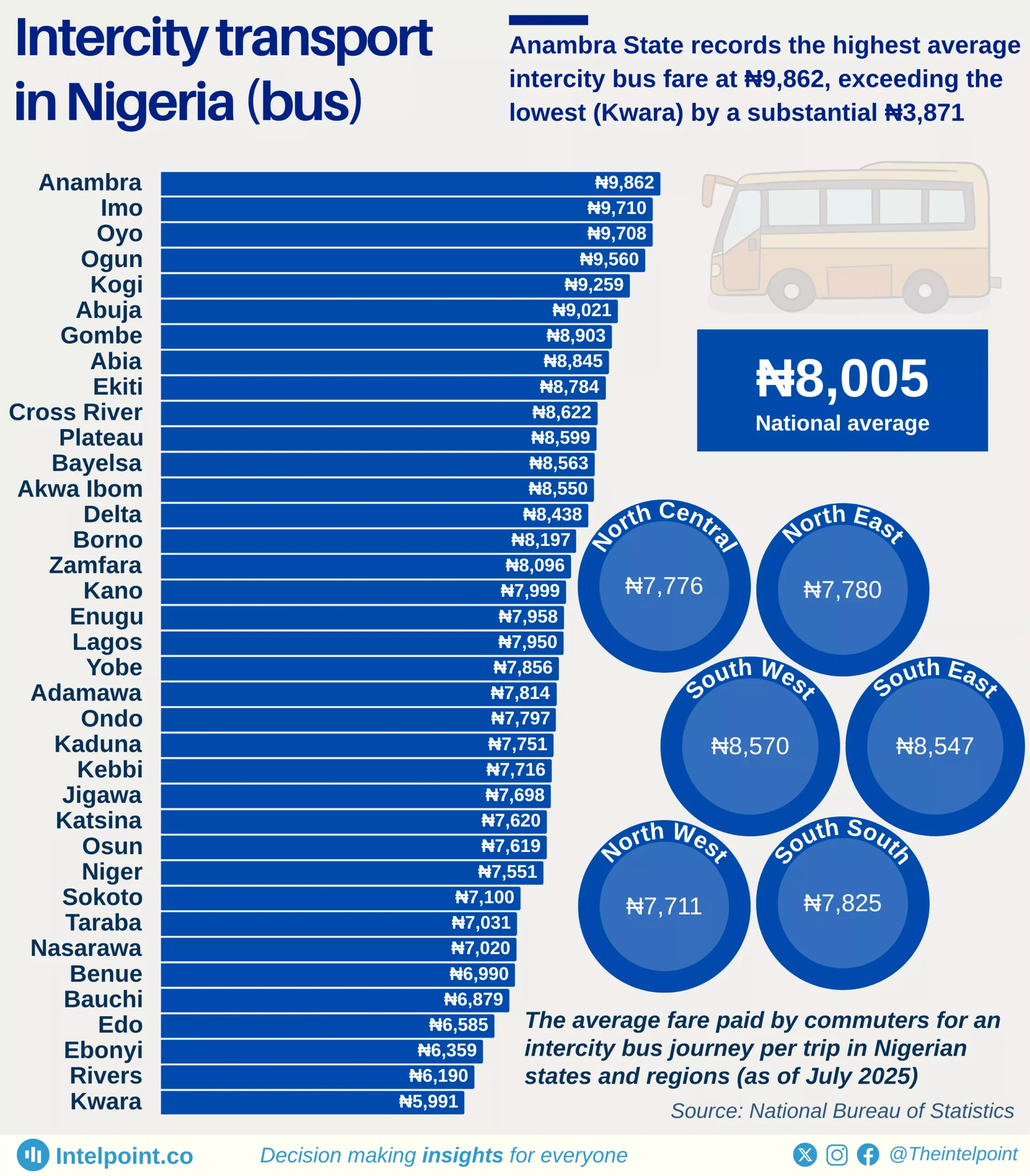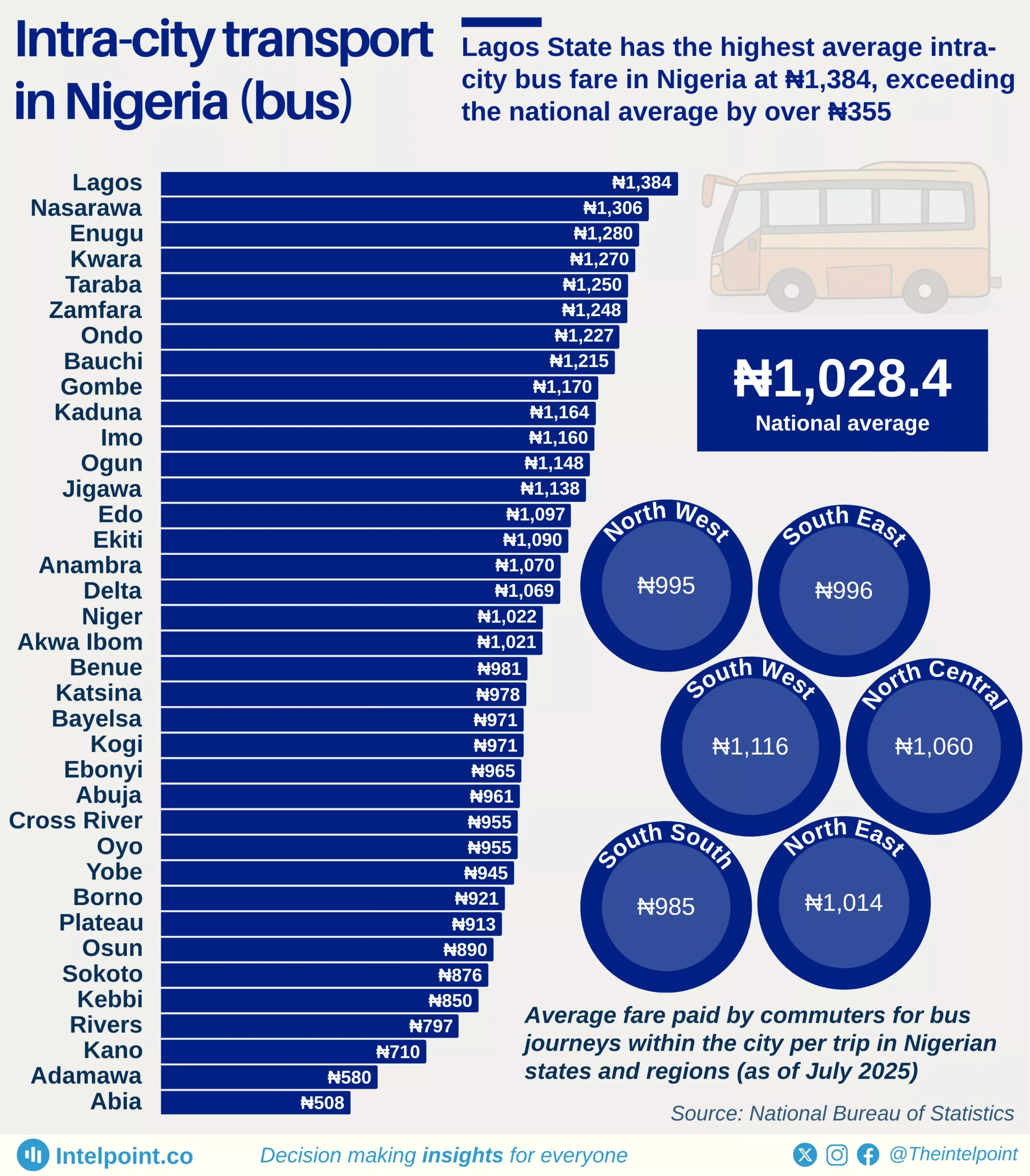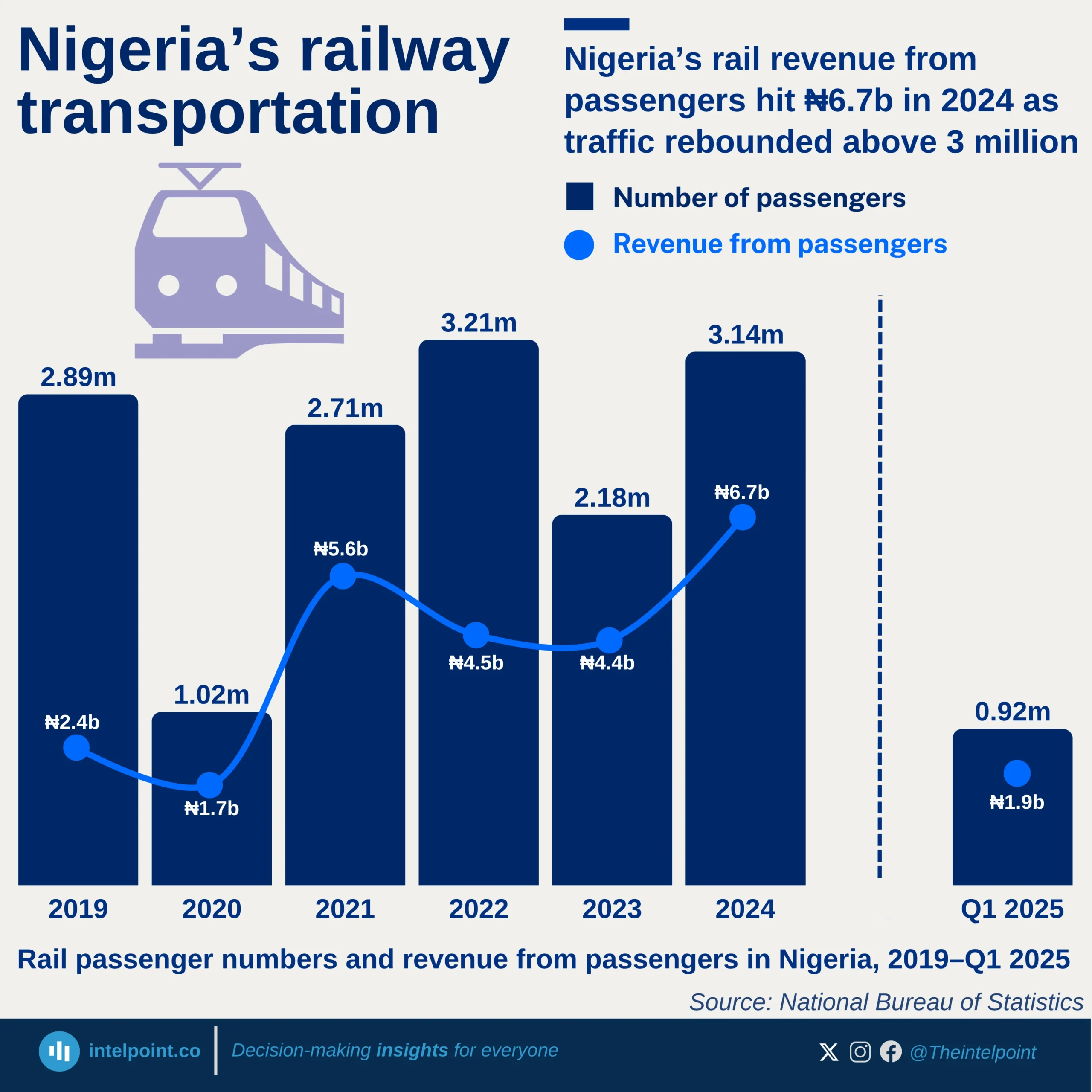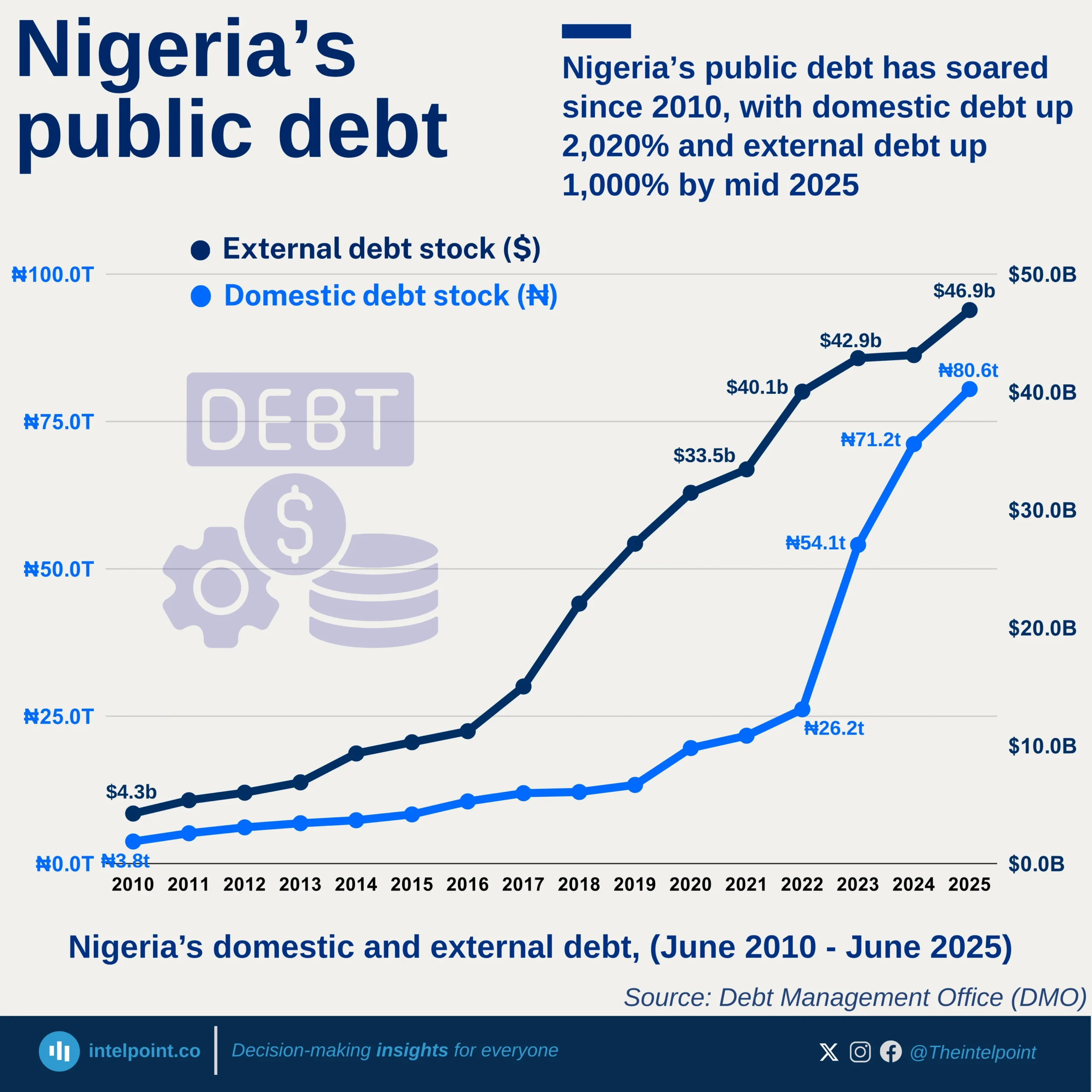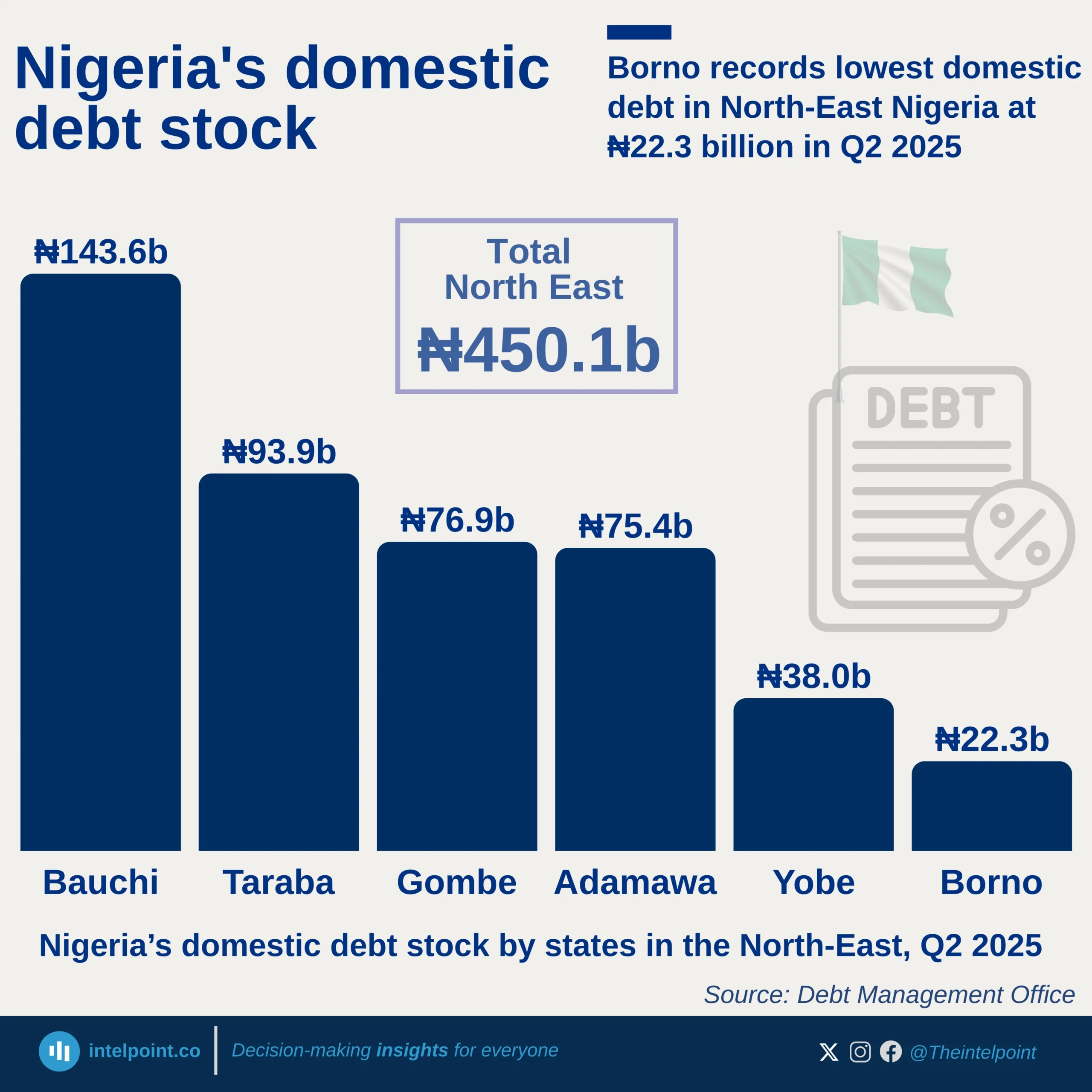In Nigeria, cars and motorcycles account for the majority of vehicles involved in road accidents. However, both categories have recorded a notable decline over the four-year period under review.
The decline in motorcycle-related accidents may be linked to the ban on commercial motorcycle operations, popularly known as "okada", in several major cities. Still, the numbers remain relatively high, likely due to continued usage in areas where the ban is not enforced and the growing use of motorcycles for logistics and delivery services.
On the other hand, bicycle-related accidents increased by 77.8%, which may reflect their rising popularity among food delivery platforms like Chowdeck and Glovo.
Most strikingly, luxury buses experienced the highest growth in accident involvement, with a sharp 466.7% increase over the period—an unusual trend that warrants closer attention.
